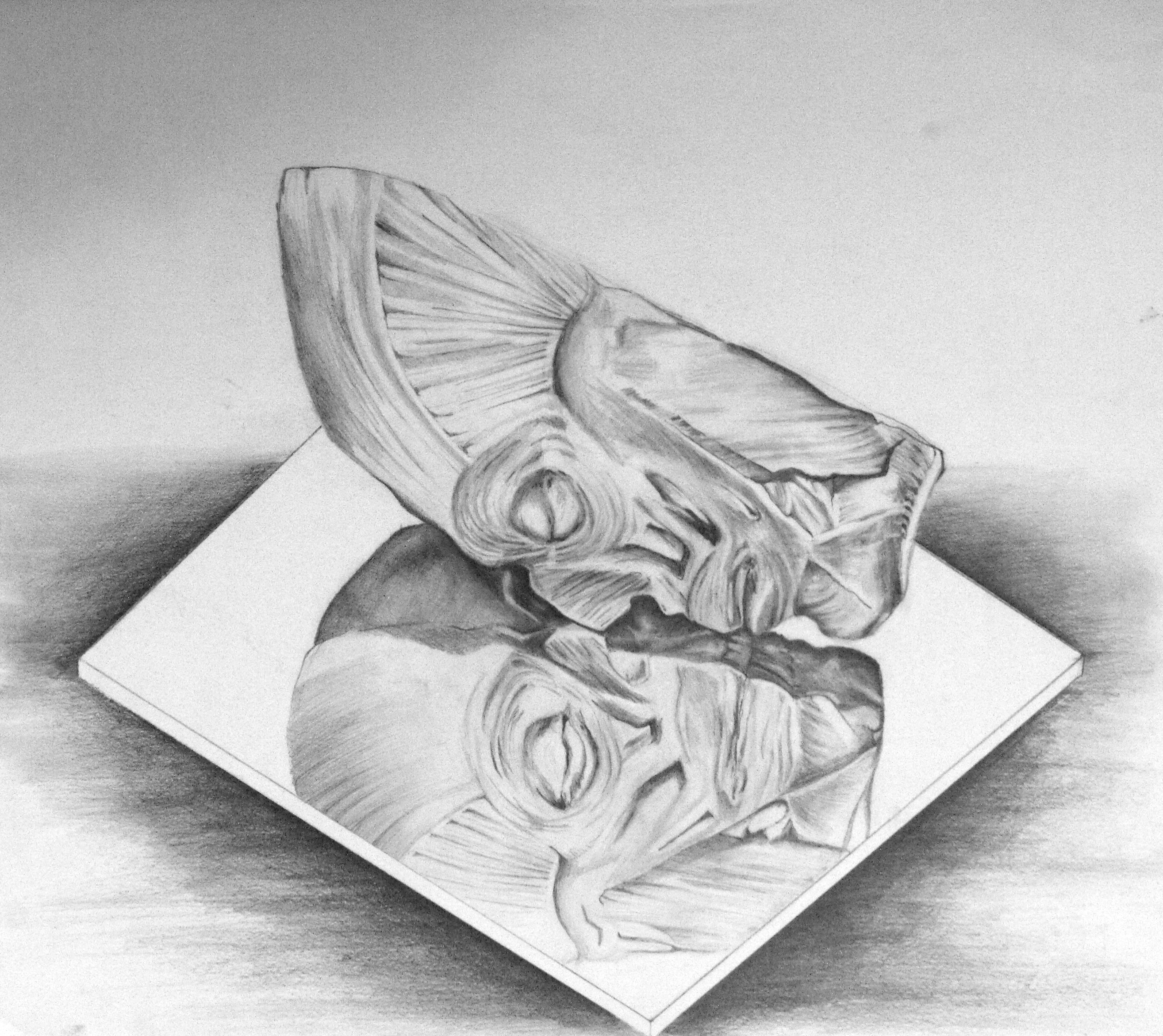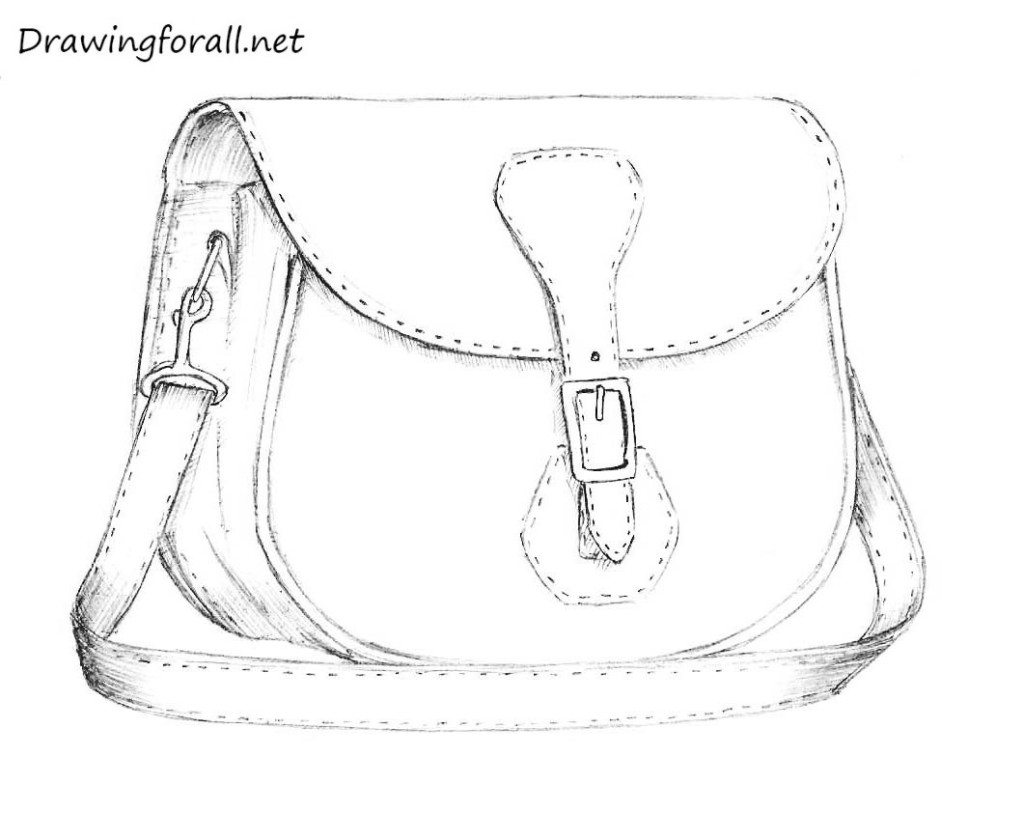Resultado deutschstyle
Table of Contents
Table of Contents
If you’re looking to improve your artwork, adding reflections can give your drawings a more realistic look. Drawing reflections can be challenging, but with the right techniques, you can add depth and detail to your artwork that will make it really stand out.
The Pain Points of Drawing Reflections
When trying to draw reflections, the thought of getting it wrong can lead to anxiety and discourage an artist from adding them. Additionally, the rendering of a misplaced reflection can spoil the whole artwork. It can be a struggle to capture the right angle to display the reflection.
The Target of How to Draw Reflections
The target of how to draw reflections is to provide artists with techniques that will enable them to capture light and perspective effectively. This will make it easier to draw reflections that are realistic and accurate.
Summary of the Main Point of Drawing Reflections
Adding reflections to your artwork can give it a realistic touch, and understanding how to create them can go a long way in making your artwork stand out. Focusing on getting your perspective and light source right would help in creating an accurate reflection.
How to Draw Reflections - The Technique
When drawing reflections, it’s important to understand the angle of the object that is being reflected. For example, if you’re drawing a tree reflected in the water, you can start by drawing the whole tree above the waterline, then drawing the reflection of the tree below the waterline, mirroring the initial image. This can be achieved by darkening the waterline around the reflection, which will give the drawing more depth and a more realistic look.
A personal experience of mine when trying to draw reflections was when I was drawing a landscape with a lake, and I was trying to capture the reflection of the clouds in the water. I became overwhelmed with the details and thought of getting it wrong, so I decided to take a break and observe the actual reflection in a nearby pond. While observing and simplifying what I want to capture, I was able to understand the angle of the reflection better, and it made the rest of the artwork easier to finalize.
Creating Reflections with Colored Pencils
Colored pencils can be a great addition when adding reflections to your artwork. To make the reflection stand out, use a light touch and blend the colors gently. Using blue or grey pencils lightly can help you bring out realistic water reflections. Darker colors can be added on top gradually, to give the reflection a more detailed look. The simple technique of feathering helps create an appearance of ripples in the water, which makes your reflection look more realistic.
The Importance of Perspective and Light Source
Understanding the source of light in your artwork is paramount when trying to draw reflections. For example, if the light source is coming from the right, the reflection must be on the same side. Another vital point to note is that the reflection of an object closer to the viewer should be larger. This can be achieved by accurately capturing perspective.
The Essence of Practice
Drawing reflections can be a bit challenging, but with some practice, an artist can quickly improve their skill. Drawing from life is an excellent way to improve this technique. Observing reflective surfaces like water, glass and chrome can give artists an opportunity to understand and create images that are more accurate.
Question and Answer
1. Is it necessary to add reflections in my artwork?
Adding reflections gives artwork a realistic touch, and it is necessary when trying to create a realistic scene.
2. Are there any shortcuts to drawing reflections?
While there might not be any “shortcuts,” understanding the concept of light and perspective would make the process easier.
3. How long will it take to learn how to draw accurate reflections?
How long it takes to learn would depend on how often you practice. It is important to note that over time, an artist can quickly improve their skill with enough practice.
4. How can I add reflections with watercolors?
Watercolors are an excellent medium for adding reflections in art. Using a light approach and building the colors gradually can create a more realistic reflection. Using masking fluid can help you capture the light reflection in your artwork.
Conclusion of How to Draw Reflections
Adding reflections to your artwork can make it stand out and look more realistic. By focusing on the angle of the reflection, understanding the source of light and perspective, and consistently practicing, artists can improve their skills in drawing reflections.
Gallery
Drawing Reflections In Water - Pencil Drawing - Joshua Nava Arts

Photo Credit by: bing.com / drawing water reflections pencil reflection simplifying busy continue reading scene
Face Reflection Drawing By Ethancsaszar On DeviantArt

Photo Credit by: bing.com / reflection drawing face drawings deviantart
How To Draw Reflective Water — Online Art Lessons

Photo Credit by: bing.com / water draw drawing reflections reflective pencil final landscapes beginner class lizbeth know intermediate skill level painting
Pin On High School Curriculum

Photo Credit by: bing.com / resultado deutschstyle
DRAW Reflections In Colored Pencil | Colored Pencils, Colored Pencil

Photo Credit by: bing.com / reflections





